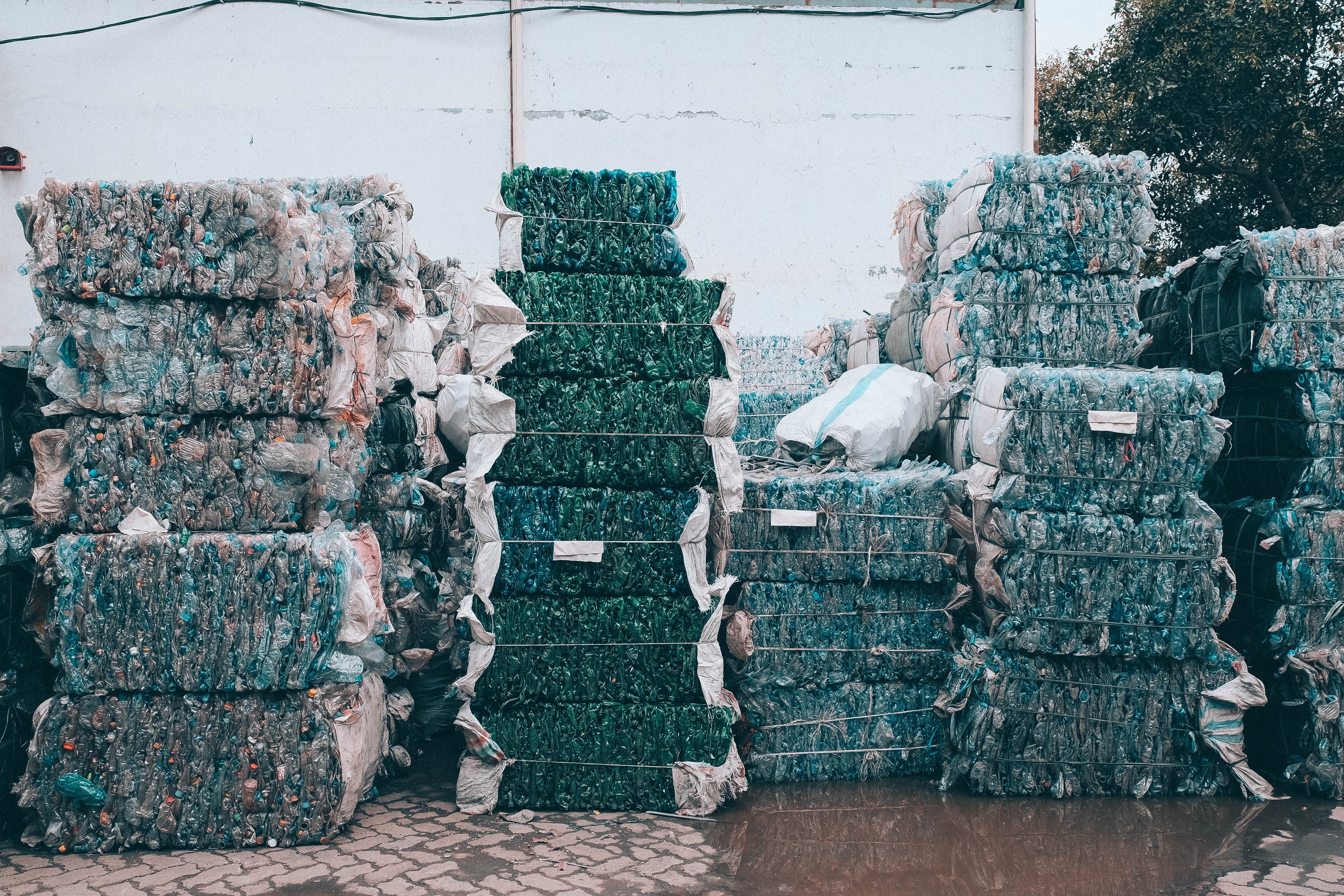Before plastic is recycled, it usually spends some time in the waste stream. Ideally, that journey would include stops in a residential recycling bin or commercial dumpster, a collection vehicle, and a sorting center. But sometimes that journey might include a parking lot, a gutter, a stream, a beach, or even a garbage patch in the middle of the ocean.
Regardless of how precarious a path it’s taken, all recycled plastic spends some time being cleaned during its odyssey. This isn’t merely for hygienic purposes—recycled feedstock must be of a consistent quality to be transformed into new products, and any extraneous dirt, food, or other materials would interfere with that process and impact the look and performance of the finished good.
Not just “as good,” but maybe even better
Because recycled products have spent time in the waste stream coming in contact with food, liquids, and who knows what else, much attention is spent on decontamination. This rigorous process ensures bacteria, fungus, additives, colorings, and other impurities are all removed.
During the mechanical recycling process, future plastic feedstock undergoes an extensive course of preparation. After collection, it is sorted based on the type of material and color before being pressed together or ground down in a milling process. From here it is washed and dried to remove any particulates that might compromise the integrity of the material.
Next up is the pelletizing process, which may include agglutination (the addition of additives and pigments), extrusion, and cooling. The extrusion phase in particular plays a pivotal role, as the high temperatures and ultraviolet exposure used to accelerate off-gassing have an added sterilization benefit. Now the recycled material begin the manufacturing process anew, with any foreign particles removed and neutralized.
Chemical recycling offers additional opportunities to minimize contaminants in products made from PCR. Because the original plastic is reduced down to its base plastic molecules, anything else can be removed, providing a recycled feedstock that rivals its virgin alternative.
As chemical recycling becomes more pervasive, even manufacturers with the most stringent quality requirements will be able to depend on reliable recycled feedstock and wean themselves away from relying on additional petroleum to create their finished goods.
Contamination confusion
It’s also important to not confuse the topic of “contamination” in single-stream recycling with that of finished recycled materials. This issue rightly receives a lot of attention and press coverage, but this conversation is much more about the challenges of keeping unwashed, unsorted, mixed recyclables from gumming up the works in the collection and sorting phases early in the recycling process. This is a completely different phase than the actual manufacturing of products made with cleaned and sorted recycled material.
Whether it’s plastic bags or bottle caps, there are plenty of challenges to overcome in maximizing how much volume makes it from the recycling bin to a second life as a new product. If bulk recyclables have too high a contamination rate, they often won’t be accepted by recyclers who don’t want to take on the additional cost and work required to further sort the waste from the recyclable material, which is one reason why China has been accepting significantly less recyclable volume from the United States.
Held to a higher standard
Because recycled plastic has more diverse origins than virgin feedstock, it undergoes far more scrutiny. This increased attention to detail and the lengthy number of steps the material undergoes during the recycling process is far more likely to catch contaminants than a virgin production setting where a consistent quality is simply assumed.
Recycled plastic is also held to a higher standard by regulatory bodies. For example, when it comes to using post-consumer recycled (PCR) materials for food packaging, the U.S. Food & Drug Administration requires a special application to ensure safety and quality. This includes descriptions and documentation of the recycling process and chain-of-custody reassurances of contact avoidance with contaminants. The end-products themselves may also be tested for contaminants.
Confidence in cleanliness
The additional tests and more extensive quality control means recycled plastic has far more eyes (and automated sensors) examining and judging its quality than its virgin counterparts. Manufacturers and consumers should be confident that when recycled plastic is sourced from a reputable provider, there are no additional safety risks introduced due to its provenance.
